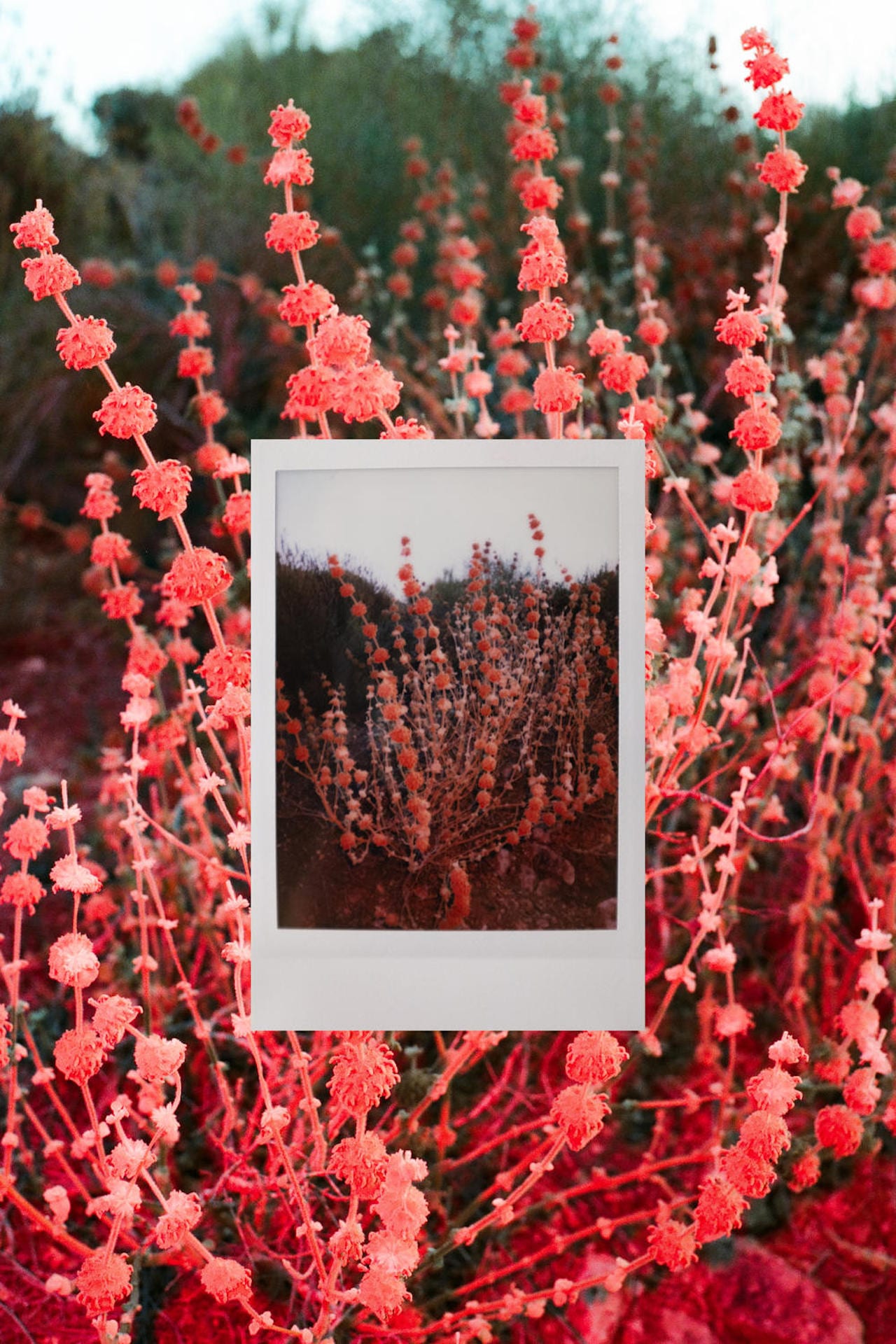Exploring mental health through photography
© Sole Satana
Source:
I remember when I was aged ten or so the local lads would take the mickey out of me because Justin, in his late teens at the time, would walk bare-footed around Briston in Norfolk, where I went to the village school. By this time, Justin had firmly embraced the ‘hobo-hippy’ lifestyle, but it was always the bird watching that really mattered. Today it’s this passion that brings the light to the shade; when Justin does remark on having a good day, there is normally a list of birds to follow. From the series Big Brother © Louis Quail
Source:“Food is the enemy my body is the battle field.” Source: Pro-Ana website. Thinspiration are images of skinny women, usually celebrities or models, who may be anything from naturally slim to skeletal with visibly protruding bones. Those are posted on Pro-Ana blogs and sites by bloggers, forum members and social networking groups to motivate themselves or one another toward further weight loss; many of these girls suffer from an eating disorders, specifically anorexia or bulimia. This community of bloggers, also known as the Pro-Ana community, promote the eating disorder anorexia as a 'life style choice'; they personify anorexia into Ana, a character with dogmas about the illness. Recently, there are more Pro-Ana bloggers that have begun to take and post self-portraits in order to inspire and display their success; these self-portraits are called the "Real Thinspiration”. These girls venerate Ana; as a result, they created 'Thin Commandments' and motivational tricks, which together with the Thinspiration images, help them to stay thin or loose more weight. Note: The images in this chapter are the result of photographs that I took of the computer screens depicting thousands of vernacular self-portraits taken by Pro-Ana members and shared on their blogs and websites and reinterpreting their relationship between their body and the camera.
Source:© 2022 - 1854 MEDIA LTD